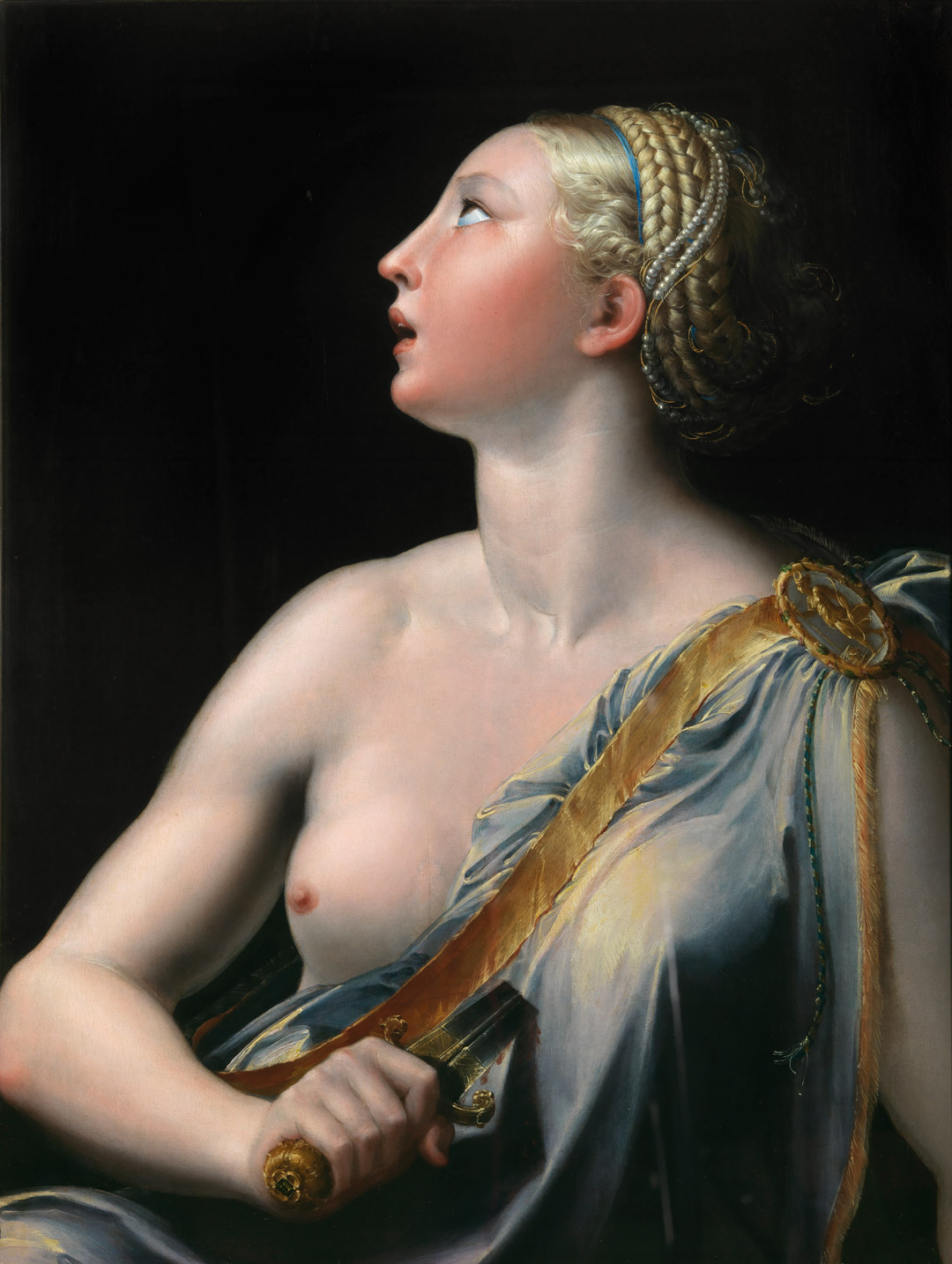Flesh and Blood: Italian Masterpieces from the Capodimonte Museum offers a rare opportunity to experience the fierce beauty of art from the 16th and 17th centuries. Renowned Renaissance artists such as Titian and Raphael join Baroque masters including Artemisia Gentileschi, Jusepe de Ribera, Guido Reni, and Bernardo Cavallino to reveal the aspirations and limitations of the human body and the many ways it can express love and devotion, physical labor, and tragic suffering.
A long period of creativity, inspiration, and striving for knowledge, the Renaissance peaked in Italy as artists turned their attention to the classical world and made the human body the center of artistic representation. Renaissance art is interested in the naturalistic depiction of the human form and its emotional life; it seeks a balance between the spiritual and material. Flesh and Blood draws from the illustrious Farnese collection begun by Pope Paul III, who oversaw Michelangelo’s The Last Judgment, to present notions of beauty and power in the 16th century. A commissioned portrait of the future pope as a cardinal by the young master Raphael opens the exhibition with ambition and poise.
Titian’s stunning Danae, which illustrates the Greek myth of a goddess impregnated by Zeus in the form of a shower of gold, illustrates how artists were compelled to explore erotic subjects through the veil of mythology. Antiquity also influenced El Greco, whose Boy Blowing on an Ember evokes a classical painting famous for its mastery of light. El Greco’s painting anticipates the chiaroscuro (light and dark) style that dominates the 17th-century works on view in the second part of the exhibition.
Founded by Greek settlers about 600 BCE, Naples successively became part of the Roman and Byzantine Empires. In the medieval period it was incorporated into the Kingdom of Sicily before entering the Spanish Empire, which ruled the city until the 19th century. In the 17th century Naples was the second-largest city in Europe after Paris. Despite being a large and densely populated city in which many cultures and political regimes took root, Naples did not foster steady artistic patronage until the second half of the 16th century under a decree for the redevelopment of the hundreds of neglected churches in the city. Baroque art in Naples sprang out of this mandate and led to the grandeur and glory of the period.
Jusepe de Ribera’s provocative Drunken Silenus parodies the idealized beauty of the female form cast as reclining Venuses in many Renaissance paintings, including Titian’s Danae. Here the rotund body of this Greek companion to Dionysus, which denotes his unbridled appetites, is rendered with loaded and vital brushstrokes as it emerges from its dark, earthy surroundings. A more dramatic use of chiaroscuro is made in Artemisia Gentileschi’s visceral Judith and Holofernes. Here the Jewish heroine beheads the Assyrian general who was threatening to destroy her village. The choice to portray the violent climax of the story perhaps relates to the artist’s own traumatic experience in 1611, when she was raped by the painter Agostino Tassi. This image shows how flesh and blood are wrapped up with our humanity at a time when Western painting began to be infused with personal experiences of agony and ecstasy, delight and despair.
#FleshandBlood
The exhibition is organized by the Museo e Real Bosco di Capodimonte, Naples, the Seattle Art Museum, the Kimbell Art Museum, and MondoMostre.


The presentation in Seattle is made possible by
Presenting Sponsor

Lead Sponsor
Major Sponsor
Robert Lehman Foundation
Hotel Partner
Four Seasons Hotel Seattle










